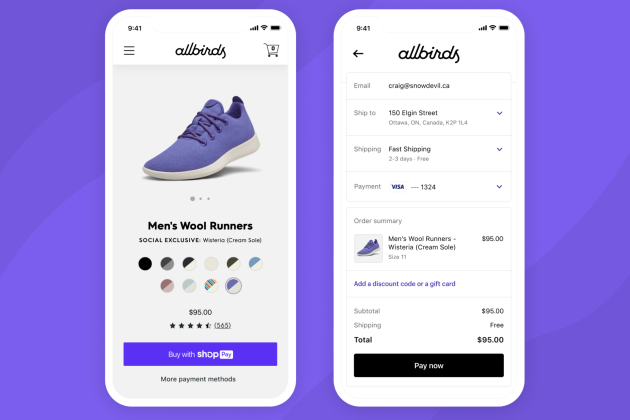Shopify Lays Off 10 Percent of Workers as E-comm Boost Unwinds

Shopify is slimming down, cutting 10 percent of its workforce as its bet that the pandemic would push e-commerce ahead five years fell apart.
Tobias Lütke, chief executive officer, told the company’s workers on Tuesday: “The next part of the journey will involve fewer teammates than we have picked up along the way. Shopify has to go through a reduction in workforce that will see about 10 percent leave by the end of the day.”
More from WWD
Why the Fiorucci Store Was the Mother of All Retail Concepts
Unites States Retail in the Aftermath of Police Brutality Protests
The roles that will be most impacted will be in recruiting, support and sales as well as what Lütke described as “over-specialized and duplicate roles, as well as some groups that were convenient to have but too far removed from building products.”
It’s a big step back for the company, which built a buzzy business helping anyone jump into e-commerce in minutes and then selling them access to more services as sales expanded.
Investors sent shares of the company down 15.4 percent to $31.05 in midday trading, bringing the company’s market capitalization down to $40.2 billion.
“For a company like ours this news will be difficult to digest,” Lütke said. “It will be even harder for those leaving today.”
By way of explanation, the CEO said demand for Shopify skyrocketed during the pandemic as more brands looked to build online during lockdowns.
“Before the pandemic, e-commerce growth had been steady and predictable,” Lütke said. “Was this surge to be a temporary effect or a new normal? And so, given what we saw, we placed another bet: We bet that the channel mix — the share of dollars that travel through e-commerce rather than physical retail — would permanently leap ahead by five or even 10 years.
“It’s now clear that bet didn’t pay off,” he said. “What we see now is the mix reverting to roughly where pre-COVID-19 data would have suggested it should be at this point. Still growing steadily, but it wasn’t a meaningful five-year leap ahead. Our market share in e-commerce is a lot higher than it is in retail, so this matters.”
The online set back amounts to a one-two punch for retail, which was also digesting Walmart Inc.’s profit warning on Monday, which came as shoppers were spending more money on food and less on fashion in a period of ultra-high inflation.
Sign up for WWD's Newsletter. For the latest news, follow us on Twitter, Facebook, and Instagram.

